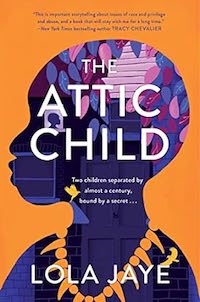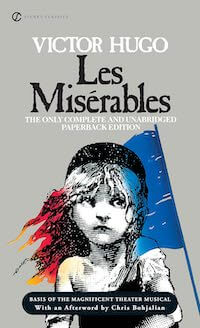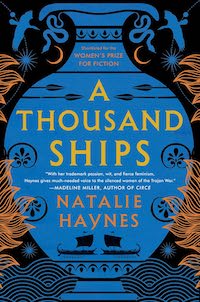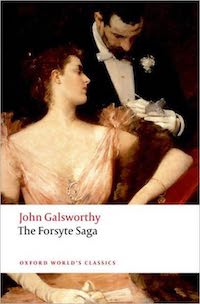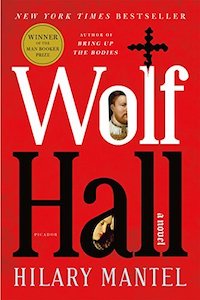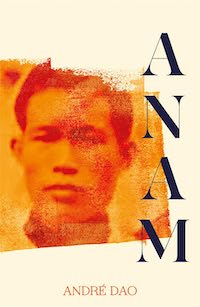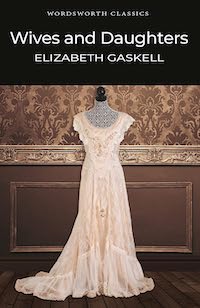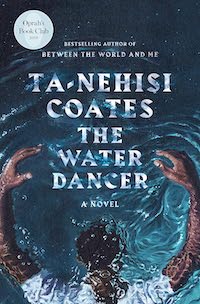The 10 Historical Novels That Everyone Should Read
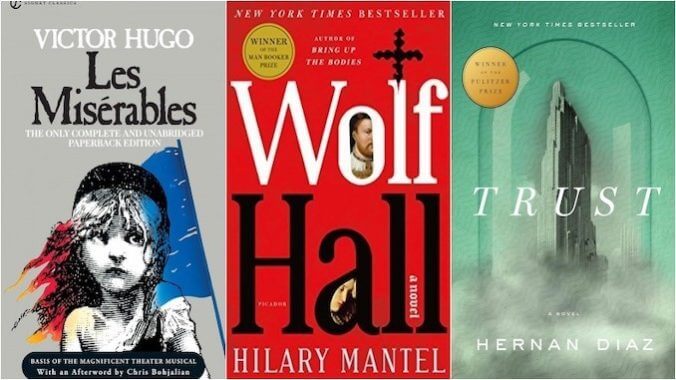
Recent pop culture would lead many to believe that historical fiction is mainly the province of the bodice ripper. The popularity of Netflix’s Bridgerton alongside other period drama faves Downton Abbey, Victoria, Poldark, and Sanditon on PBS, the upcoming The Buccaneers on Apple TV+ would have readers convinced that the local bookshops only have period set stories that also include steamy, swoony romance. But that’s just not true—- though historical fiction can include romance as part of the bildungsroman of a character, the true heart of it is depicting the era around them, and not just the goings on in the bedroom.
That’s not to say there aren’t plenty of historical novels that don’t include romance, but it’s only a subsection of the genre. What I’m saying is, that if you limit yourself to the romantic corner of historical fiction, you’re missing a wide swath of truly great books. And while some of these do have love stories, they’re not the main focus. So let’s dive into some of the best historical fiction novels out there, from the tried and true that stood the test of generations to the modern classics that should grace the next generation of high school reading lists and definitely should make your TBR pile.
![]()

Trust by Hernan Diaz
Hernan Diaz’s novel Trust is a clever conceit – it’s structured as a collection of four manuscripts in varying stages of completion, focused on the life of 1920s-era Wall Street tycoon Andrew Bevel and his wife, Mildred. Two are incomplete autobiographies/diaries written by Bevel and Midred; one is a thinly fictionalized telling of Bevel’s life by a biographer, and the fourth, gluing these first three together, are the postmortem thoughts of Bevel’s deeply disillusioned former ghostwriter.
This fascinating funhouse mirror angle on the 1920s boom and bust of New York isn’t just deeply worthwhile for its nesting doll narrative of how fact and fiction blend together. It’s also how history becomes a memory and memory legend until it’s impossible to tell what’s more important, the history or the historical fiction
![]()
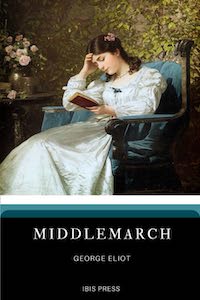
Middlemarch by George Eliot
Middlemarch, A Study of Provincial Life is the work of English author Mary Anne Evans, better known by her male pseudonym, George Eliot. Published in 1872, Eliot’s masterwork is set in the fictional English Midlands town of Middlemarch, spanning four years, from 1829 to the adoption of the Reform Act 1832, in which women were, for the first time, explicitly forbidden to vote.
Technically, it is the story of 19-year-old Dorothea Brooke, who marries an intelligent man who resents her for being the same, intertwined with the career of Dr. Tertius Lydgate, who marries for status and winds up regretting it. But it’s really more of a portrait of the world and how women learn to function and manipulate the patriarchy under which they have no power and are losing ground every day. The smart ones figure out how to find their happiness and content within what they can achieve, while those who try to push too far never achieve fulfillment.
![]()
-

-

-

-

-

-

-

-

-

-

-

-

-

-

-

-

-

-

-

-

-

-

-

-

-

-

-

-

-

-

-

-

-

-

-

-

-

-

-

-

